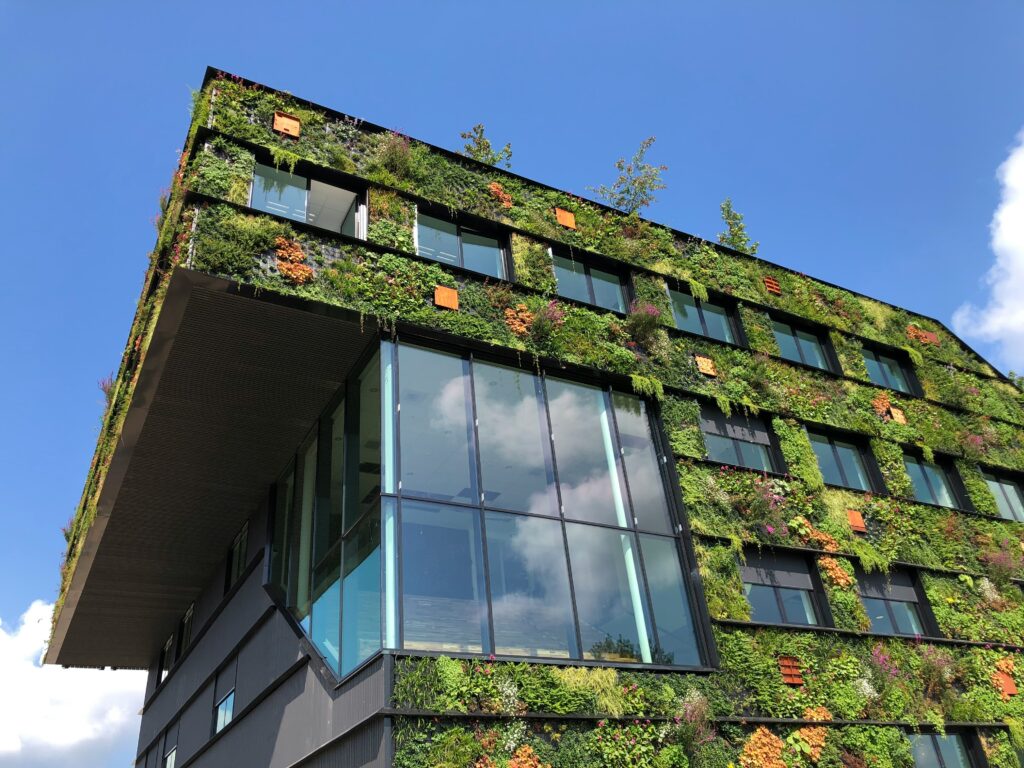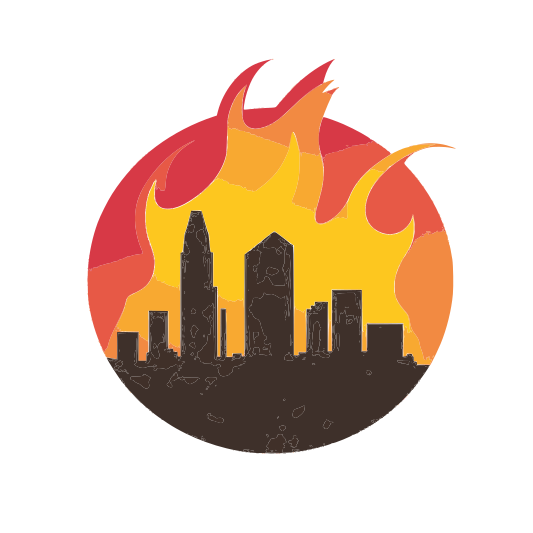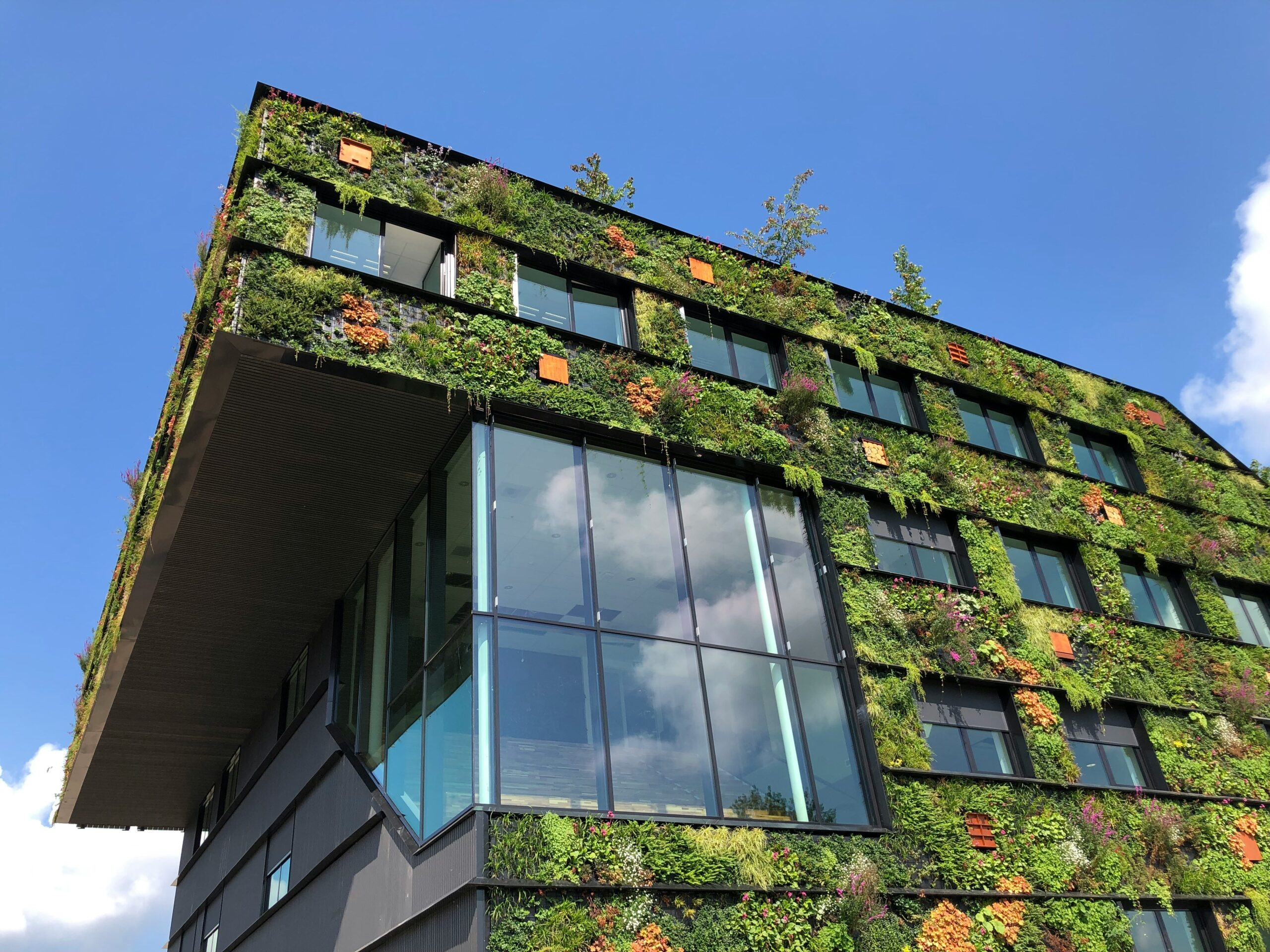As wildfires become increasingly prevalent, older communities that were not originally designed with fire resilience in mind must adapt to ensure long-term sustainability and safety. Unlike new developments, these established neighborhoods require retrofitting and strategic improvements rather than ground-up planning.

Retrofitting Homes and Infrastructure
Existing homes can be made more fire-resistant through simple but effective modifications. Installing ember-resistant vents, fire-resistant roofing, and double-pane windows can significantly reduce vulnerability. Community-wide efforts to replace wooden fencing with fire-resistant materials can further mitigate risks. Cities and public utility companies can also underground electrical service.
Defensible Spaces
Older neighborhoods can benefit from community-driven efforts to create defensible space around homes and shared properties. This includes clearing dead vegetation, maintaining green buffer zones, and implementing fire-resistant landscaping. Encouraging homeowners to participate in defensible space initiatives can greatly enhance fire resilience.
Emergency Preparedness
Many older communities face challenges with outdated evacuation routes, limited road access, and aging infrastructure. San Diego must work with residents to develop and clearly communicate evacuation plans, ensure emergency shelters are well-equipped, and install early warning systems such as sirens and emergency alerts tailored for fire-prone regions.
Community Engagement
Public awareness is key to wildfire resilience. Older communities should host fire safety workshops, home assessments, and evacuation drills to keep residents informed. Programs such as neighborhood watch groups focused on fire preparedness can help ensure that mitigation efforts are collective and ongoing.
Incentives
Local governments can play a role in incentivizing fire-safe upgrades by offering grants, tax breaks, and low-interest loans for homeowners who invest in fire-resistant materials and defensible space improvements. Updating building codes to reflect modern wildfire threats ensures future sustainability for these communities.

